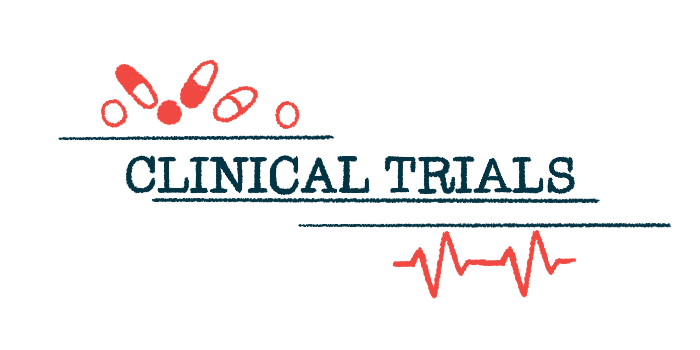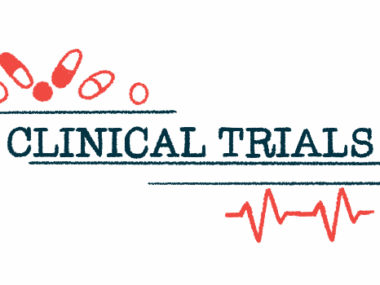Reyobiq trial for high-grade pediatric glioma approved by FDA
Experimental radiation therapy is already being tested in adults
Written by |

Reyobiq (Rhenium Re186 Obisbemeda), an experimental radiation therapy being developed by Plus Therapeutics, has been cleared by the U.S. Food and Drug Administration (FDA) to begin clinical trials that will test the treatment in children with certain aggressive gliomas.
This decision follows positive results from the first part of a Phase 1/2a trial (NCT01906385), called ReSPECT-GBM, in adults with recurrent glioma. A $3 million grant from the U.S. Department of Defense will fund the pediatric study, ReSPECT-PBC, which Plus anticipates will begin as soon as July.
“This pediatric FDA clearance builds on our successful track record in the safe administration and promising efficacy signals observed in adult patients with more common central nervous cancers,” Marc Hedrick, MD, president and CEO of Plus, said in a company press release. “We expect REYOBIQ will offer much-needed hope to children with aggressive and difficult-to-treat brain cancers and their families.”
The study will include approximately 56 participants across two distinct phases. Children ages 6 to 21 with recurrent, refractory, or progressive high-grade gliomas, including ependymomas, may be eligible. Individuals up to 25 years old may also be included on a case-by-case basis.
Plus looks to expand treatment options with Reyobiq
Gliomas are tumors that begin in glial cells — support cells in the central nervous system (CNS), which includes the brain and spinal cord. Aggressive, or high-grade, gliomas in children currently have a poor prognosis and limited treatment options. Pediatric ependymomas, a rare type of glioma that arises from the cells lining the fluid-filled cavities of the CNS, can also grow rapidly
“Surgery and external beam radiation have been the mainstays of treatment for pediatric high-grade glioma and, sadly, outcomes have not improved for many decades,” Ashley S. Plant, MD, a principal investigator for the trial, said in the press release.
With Reyobiq, Plus hopes to expand treatment options and improve prognosis in childhood high-grade gliomas and ependymomas. The therapy contains rhenium-186, a radioactive isotope that emits energy as it decays into a more stable form. Like other radiotherapies, it can kill tumor cells, but may also pose a risk to nearby healthy brain tissue.
We believe this novel therapy that may allow higher doses of radiation while limiting the exposure to normal developing brain and delivering this agent via convection enhanced delivery (CED) directly into the tumor has the potential to make a big difference in our patients’ lives and improve outcomes.
To minimize off-target effects, the company uses convection-enhanced delivery to infuse the drug directly into the tumor site. Depending on the tumor’s size and location, clinicians may insert one or more catheters to deliver Reyobiq precisely. This technique bypasses the blood-brain barrier — a natural defense that often prevents drugs injected into the bloodstream from reaching brain tissue.
“We believe this novel therapy that may allow higher doses of radiation while limiting the exposure to normal developing brain and delivering this agent via convection enhanced delivery (CED) directly into the tumor has the potential to make a big difference in our patients’ lives and improve outcomes,” Plant said.
Pediatric version of study has similar trial design
Results of ReSPECT-GBM, which is testing the therapy in adults with recurrent glioma, have supported this idea. In the first phase of the trial, 21 participants received different doses of Reyobiq. Generally, the therapy was well tolerated. Adverse events recorded during the trial were mostly mild (71.7%) or moderate (21.4%), with few severe events. No events were directly related to the medication; one incident of mild scalp discomfort was related to catheter placement.
Scans of the whole body indicated radiation was retained in the tumor for at least eight days after infusion. The liver, spleen, and urinary bladder wall absorbed radiation within acceptable doses. There was little significant radioactive activity in other parts of the body.
Participants who absorbed a therapeutic dose of radiation (over 100 Gy) in their tumors responded more strongly to the medication. Those who didn’t reach this level of absorption survived a median of six months, compared to 17 months for those who did. The amount of radiation absorbed correlated significantly with overall survival.
Based on these findings, Plus established a dosage plan for the second phase of the study and selected overall survival as a primary endpoint. This portion of the trial, currently recruiting at sites in New York and Texas, will include approximately 34 participants.
The company plans to use a similar Phase 1/2a trial design for the pediatric version of the study. The first part will be a dose escalation study, enrolling approximately 24 participants to receive different doses of Reyobiq. It will focus on safety and tolerability, with alignment with the FDA at planned intervals.
Phase 1 results will inform the dosage in Phase 2, which will assess efficacy in about 32 participants. Of these, 12 will have ependymoma and the remaining 20 will have high-grade glioma.
“I am extremely passionate about bringing this therapy into the pediatric space and hopeful about the benefits to my patients,” Plant said.








